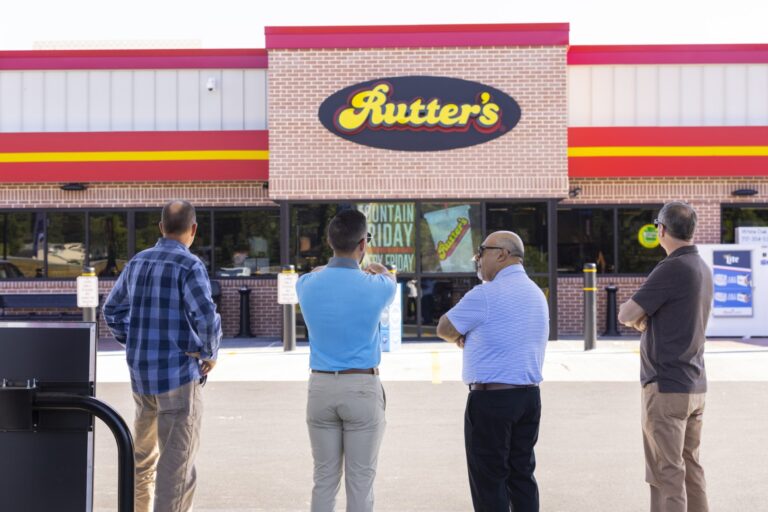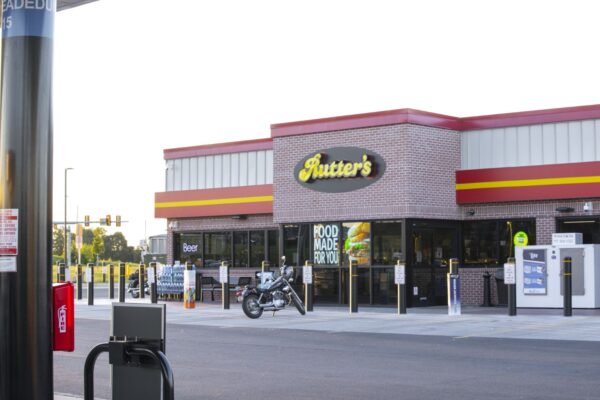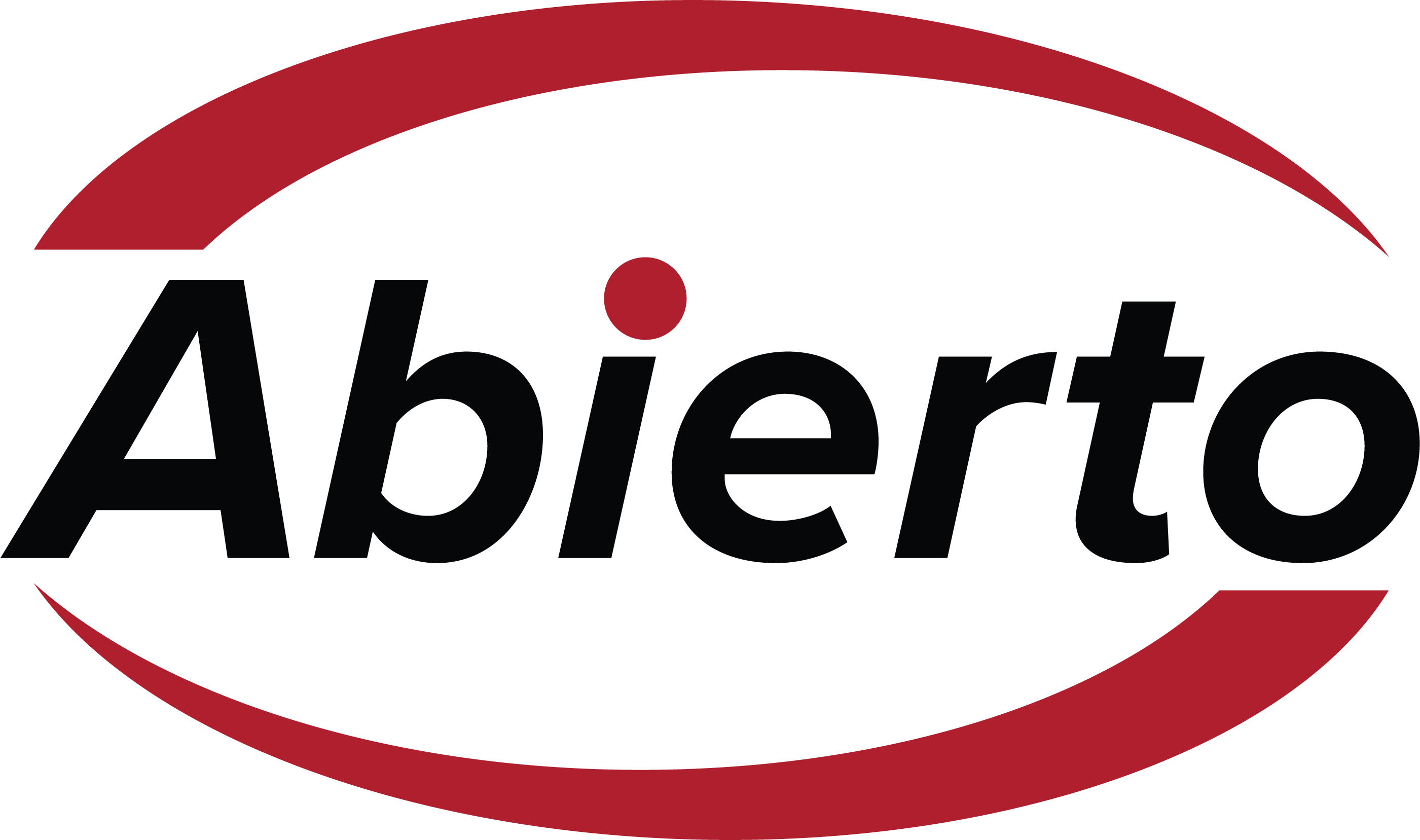Navigating the Challenges of Operating Digital Signage Networks in Retail



“The goal of a Digital Signage Network in Retail is to deliver a continuous stream of digital content that is timely, engaging and locally relevant”, Rick Sales, CEO – Abierto
Digital signage networks have become a popular marketing tool in the retail industry, offering dynamic and engaging content to capture customers’ attention. While digital signage offers numerous benefits, operating and managing these networks pose unique challenges for retailers. In this article, we will explore some of the common hurdles faced when operating digital signage networks in retail environments.
Content Management is the Key to Success
One of the primary challenges in operating digital signage networks is content management. Retailers must consistently update and deliver relevant content to keep customers engaged. Managing and scheduling content across multiple screens and locations can be time-consuming and complex. An easy-to-use but robust content management system like Abierto’s OPEN.CMS allows retailers to ensure the effectiveness of their digital program by reliably executing and validating that their digital content is properly scheduled, distributed, and updated at each and every site on their network of stores.
Technical Infrastructure

Digital signage networks require proper technical infrastructure and regular maintenance. Technical glitches such as connectivity issues, software bugs, or hardware failures can disrupt the smooth functioning of the network. While most retailers have dedicated IT support to address some of these challenges, many lack systems that can identify digital signage problems, slowing down the support process and exposing your consumers to “black screens”. In addition, regular maintenance and updates are essential to keep the network running smoothly and to address any potential hardware or software issues.
Audience Targeting and Personalization
Delivering the right message to the right audience at the right time is crucial in retail. Effective audience targeting and personalization can enhance customer engagement and drive sales. However, tailoring content to specific demographics, locations, or even individual preferences can be challenging. Powerful CMS systems like OPEN.CMS use metadata tagging to match digital advertising with retail locations that have the same attributes (or tags) as the digital content. For example, a CMS can determine to only deliver car wash promotions to sites that (are tagged) actually have a car wash.
Scalability and Network Expansion

As retailers grow their businesses or expand to multiple locations, scaling up the digital signage network becomes a challenge. Adding new screens, integrating with existing systems, and ensuring consistency across all locations require careful planning and execution. Retailers need to choose a scalable digital signage solution, like Abierto’s OPEN.CMS that can accommodate their growing needs and seamlessly integrate with their existing digital content creation infrastructure.
Measuring ROI and Effectiveness
Measuring the return on investment (ROI) and effectiveness of digital signage campaigns can be complex. Determining how well the content influences customer behavior, drives sales, or enhances brand awareness requires the use of analytics and tracking mechanisms. Retailers must establish clear goals and metrics to assess the success of their digital signage efforts, and employ software and systems like OPEN.CMS, that can provide playback and exposure data to business intelligence software.
More than Just Turning on a TVOperating digital signage networks in retail environments presents several challenges, including content management, technical issues, audience targeting, scalability, and measuring ROI. Overcoming these hurdles requires careful planning, leveraging technology solutions, and having a dedicated team to manage and maintain the network effectively. Using powerful software, curated hardware and best practices, Abierto can help retailers to achieve success. By addressing these challenges, retailers can unlock the full potential of digital signage, creating engaging experiences that drive brand loyalty, increase foot traffic, and boost sales in their retail stores.
About The Author
Rick Sales is the President of Abierto. Abierto is a global digital and communications solutions partner that specializes in utilizing cutting edge technology to engage with customers and build compelling brands. Rick has been working within the convenience industry technology space for over 20 years.
